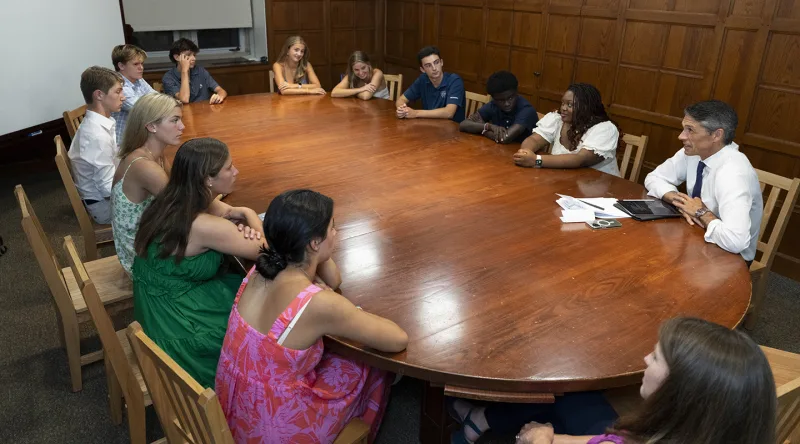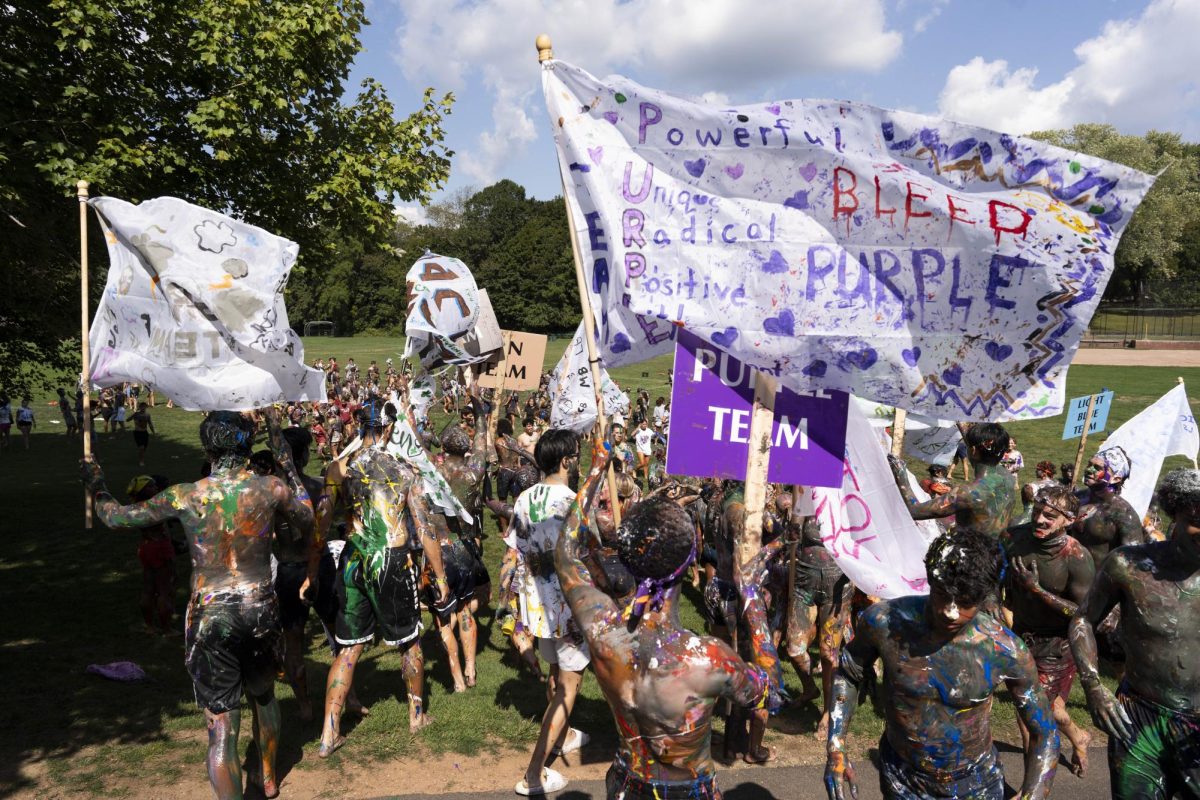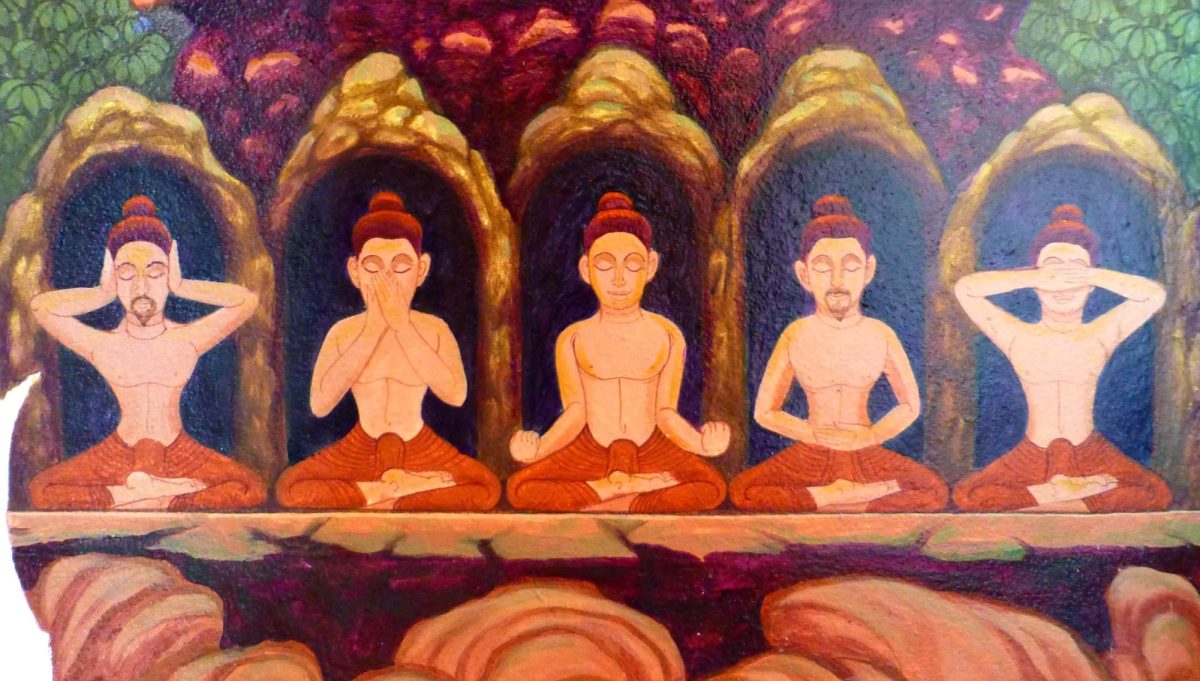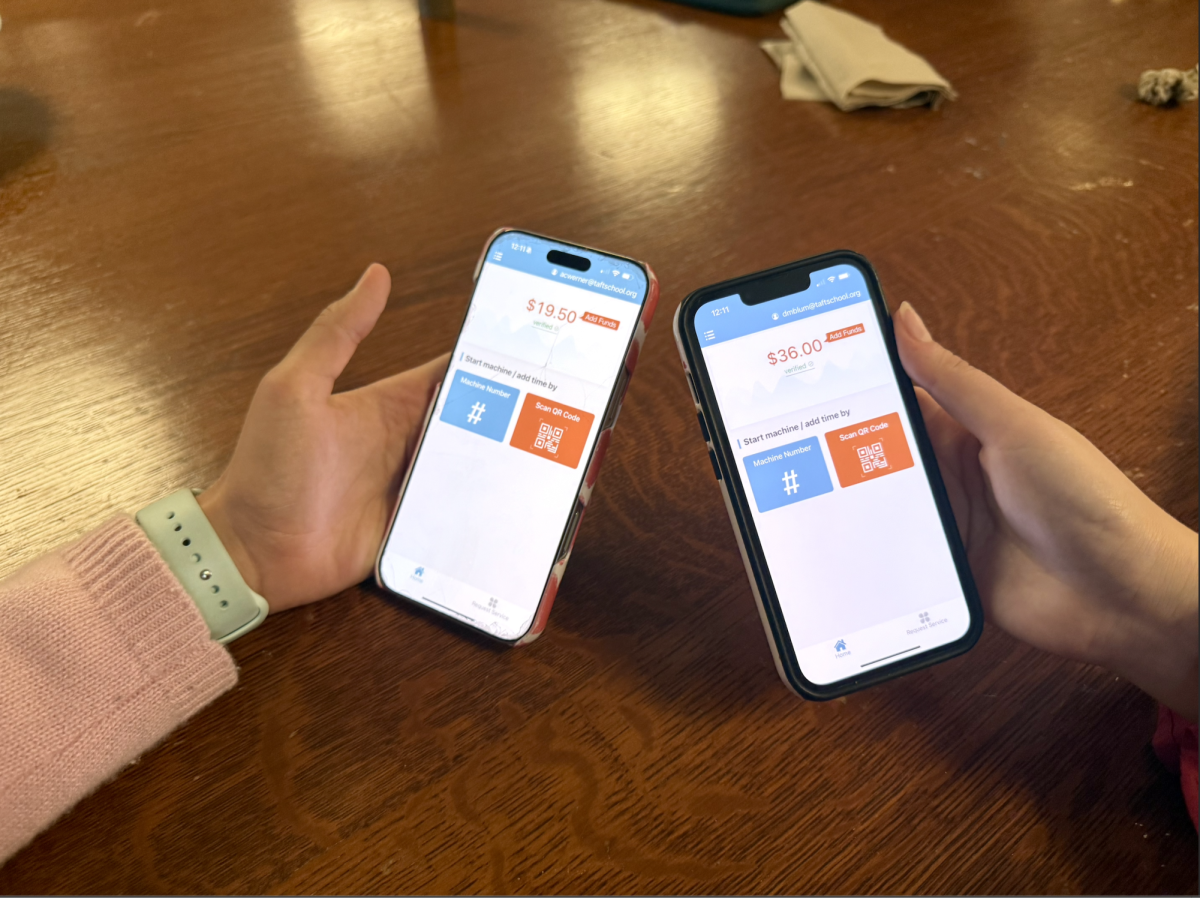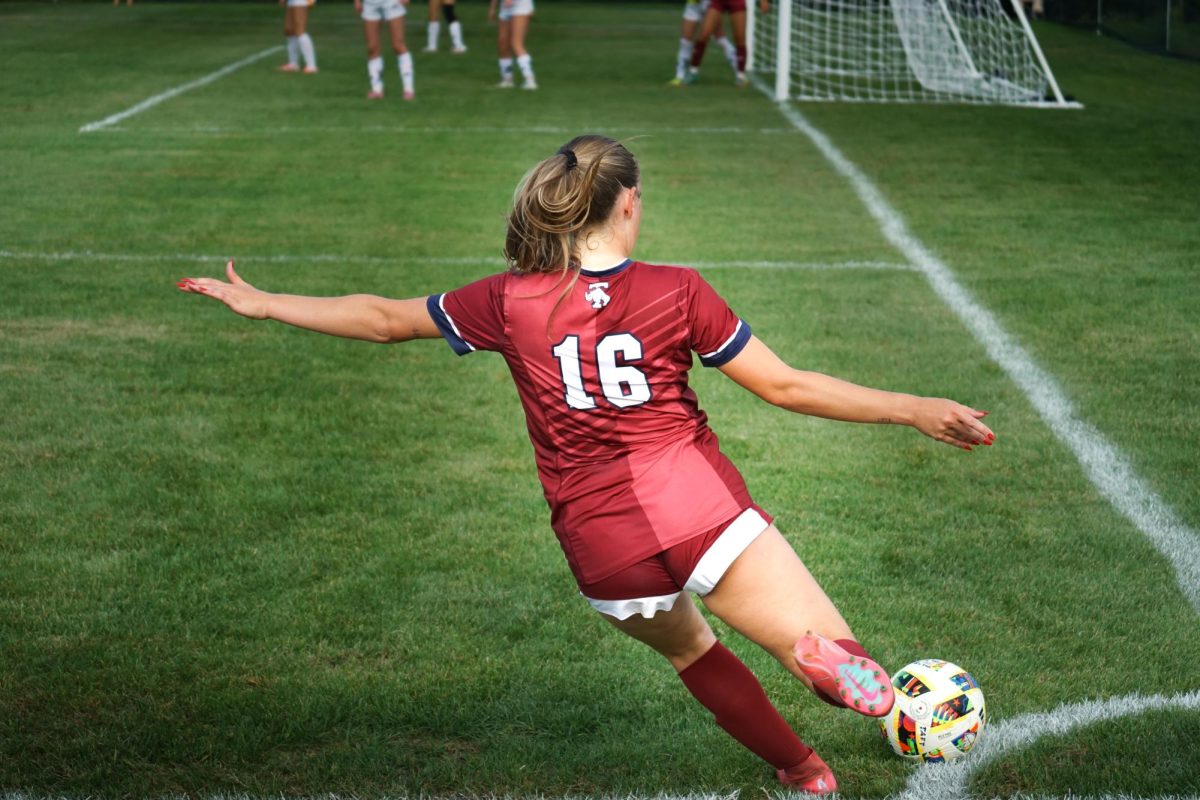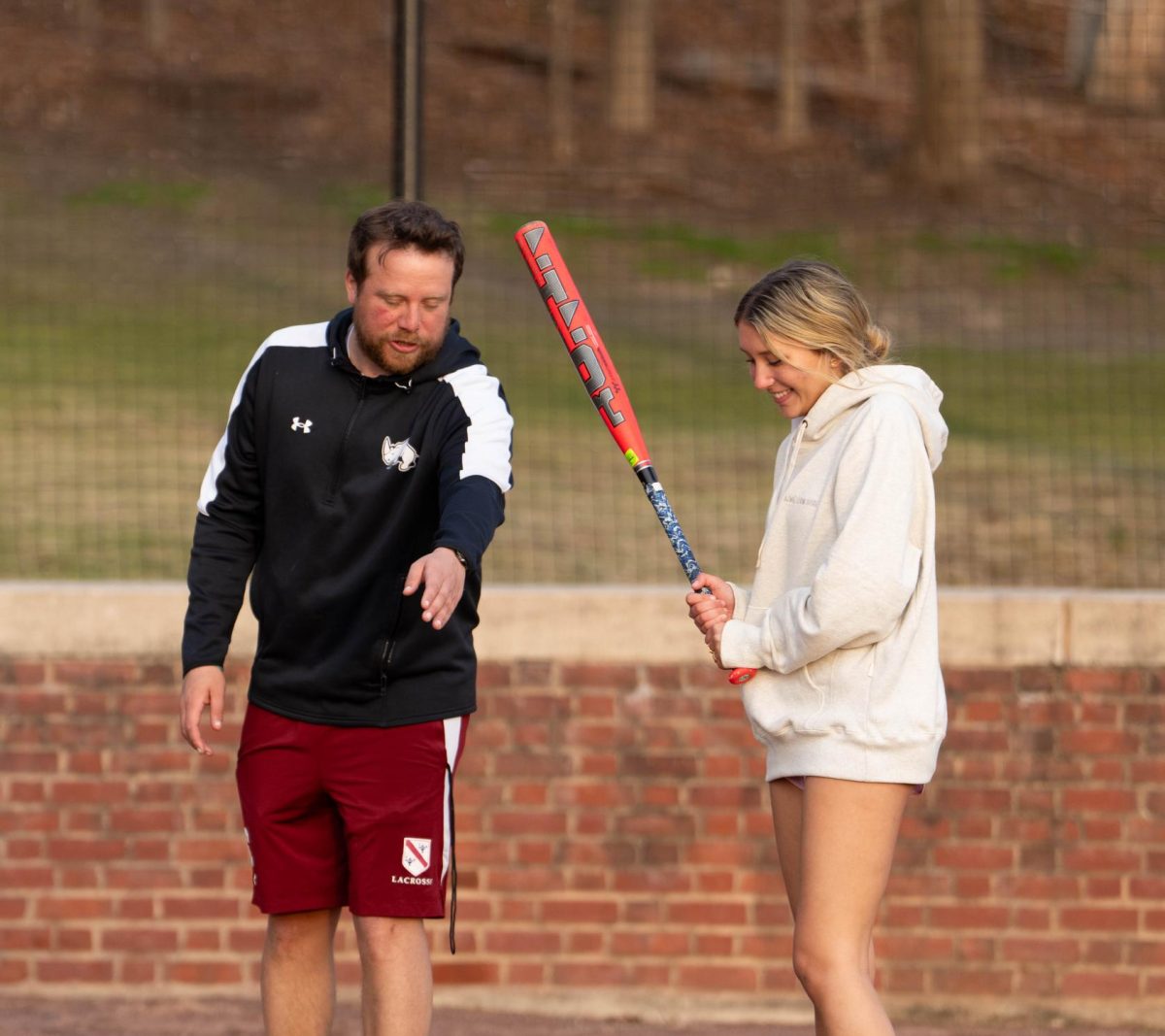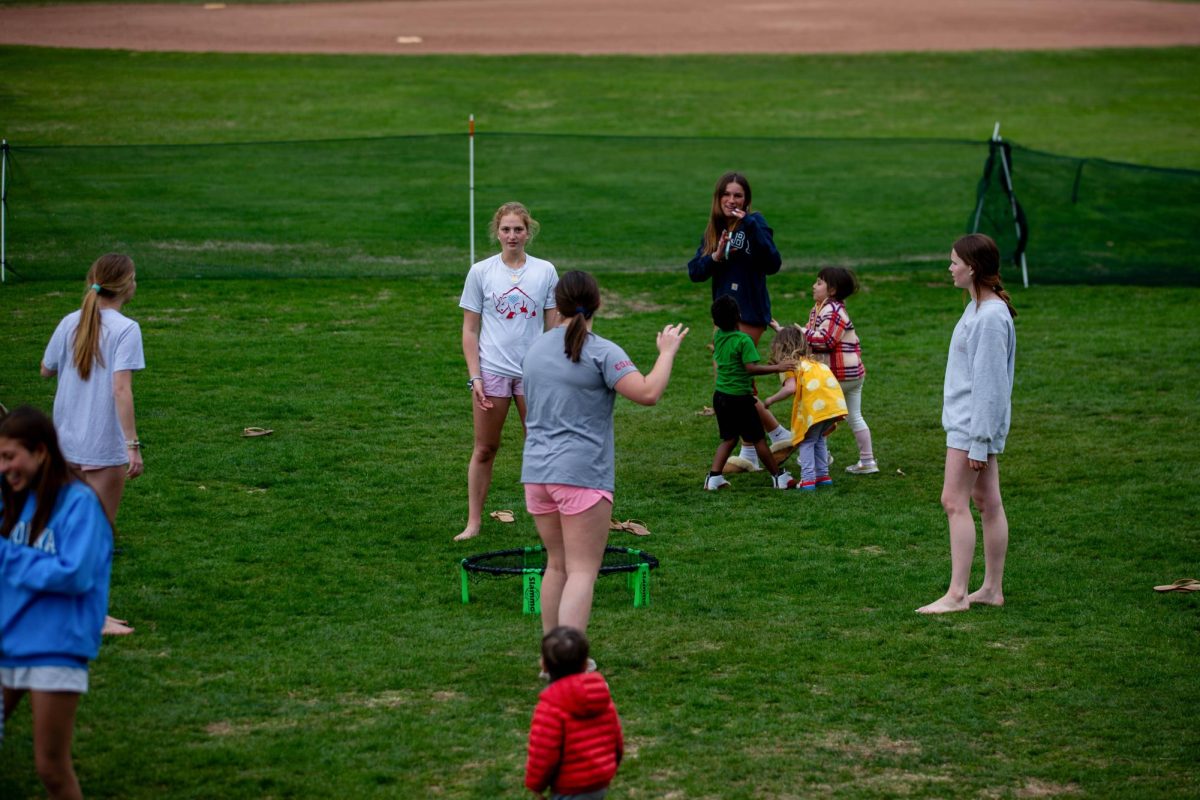Let’s be honest: not everyone is destined for varsity greatness. Some of us peaked during the third quarter of eighth grade rec basketball. Others never got the callback after tryouts. And some of us, after sprinting our souls out all fall, just want a place to breathe. Welcome to intramural sports: the spiritual home for the slightly sore, mildly competitive, and deeply unbothered.
Step 1: Accept your fate.
You didn’t make varsity. You may not even know what JV stands for. That’s okay. It’s time to lean in. Mr. Hoffman, now leading intramural squash with the wisdom of a man who has watched thousands of balls miss the wall, knows what it’s like. He hadn’t even heard of squash when he got to Taft. Now, he spends his afternoons convincing students that whiffing the ball for an entire week is character-building, not embarrassing.
“Choosing to do something that you have never done before is rewarding, and it takes courage,” Mr. Hoffman says. Especially when that “something” involves flailing in a glass box while your peers walk past like you’re a human zoo exhibit.
Step 2: Sign up for a sport you’ve never heard of.
Pick a sport that sounds vaguely familiar and commit with the confidence of someone who’s never held a racket. Ms. Garcia gets it. She didn’t ask to coach tennis; she got drafted. However, instead of panicking, she took summer lessons and came back ready to teach students how to hold a racket and maybe, serve without injuring a bystander.
Her tennis crew? A chaotic mix of off-season football players, soccer kids juggling club schedules, and people who thought tennis looked “relaxing.” (Spoiler: it’s not.). But Ms. Garcia keeps it fun, loose, and judgment-free. Her favorite part is “watching people trying their best, making stupid mistakes, but having fun.”
Step 3: Become weirdly invested.
At first, you’re just there to fulfill a requirement and avoid conditioning. But then you hit the ball. Not well, not consistently, but with purpose. Suddenly, you care.
An anonymous student, for example, couldn’t connect with a single serve for three straight lessons. Then they did. Ms. Garcia describes it as one of her proudest coaching moments—and this from someone who once coached herself into the position.
Mr. Hoffman sees the same magic in squash. Some players go from hopeless to “kind of good,” and a lucky few beat him. (Do they actually beat him, or is he just a really gracious loser? We may never know.)
Step 4: Lie to your friends.
You’ll tell them you “just wanted a chill season.” That you’re “focusing on academics.” You’ll casually mention “needing downtime after fall/winter sports.” They’ll nod. They’ll believe you. They have no idea you’re now emotionally attached to your tennis serve or that you watched YouTube tutorials on squash.
But deep down, you know the truth: you came for the easy credit, and now you’re arguing line calls like it’s Wimbledon. Intramurals weren’t supposed to matter, but somehow, missing a serve does sting a little now.


